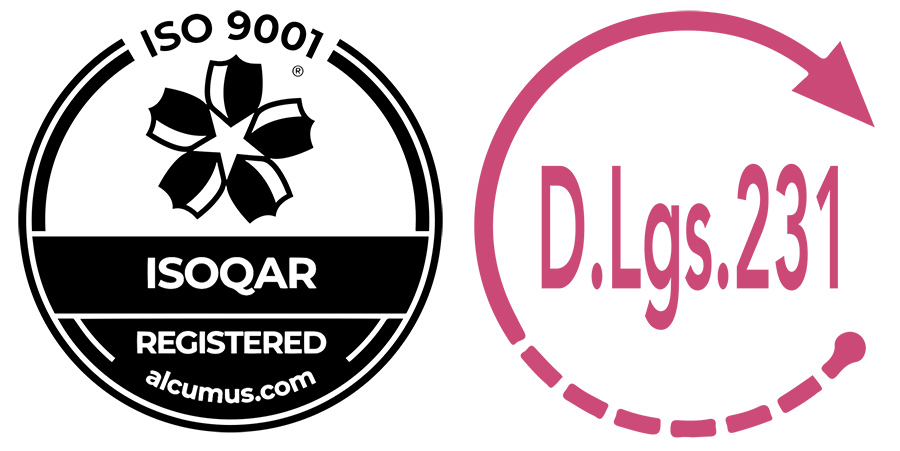Stickering as a low-cost Guerrilla Marketing technique


Often it has been the winning strategy to declare the brand awareness of emerging projects in an economic but effective way: we are talking about stickering, one of the most used guerrilla marketing techniques in the streets of our cities. It consists of sticking branded stickers on any surface and support: from road signs, to bus stops, to doors and walls or any point that may be visible to passers-by.
As with ambush marketing, the intent of Stickering is to achieve brand recognition in an intense and subliminal way, even if it does not always guarantee brand identification. The objective is therefore to obtain a high visibility and induce users to remember the shape and color or message of the brand and its logo, such that it leads, in some cases, to deepen the meaning: very often, in fact, the image refers to a visit to a website, which can take place, even more directly (but at the same time cryptic), through the use of a QR code.
As in any marketing planning, stickering can be designed to work in particular places or events, consistent with the type of target that you try to attract: it is certainly true that it can be a winning strategy for products or services aimed at a “urban” youth and youth audience.

This type of campaign, which originated in New York, where it is the rule for streetwear brands, is undoubtedly one of the most economical and innovative guerrilla techniques for advertising a brand in an intensive and subliminal way. A case that has made history of Stickering is given by the Florentine brand Gold, which began to attack its stickers in Florence long before the launch of the line. In fact, the brand, which offers a style close to the world of writers and street, has consolidated its brand awareness by covering the city of Florence with stickers that do not refer to the product category, thus creating a climate of expectation and interest around it.
In recent times the number of stickers that cover the streets of the main Italian cities has increased significantly, for an increasingly massive use of stickers by companies but also activists, artists and bloggers. In this context, achieving critical mass is undoubtedly a more complex objective, with respect to which various variables play a role.
If the solution most frequently adopted (precisely for the lower costs) provides for the  free distribution of the stickers at points of sale, premises or schools, at the same time is the one that presents a lower redemption (the percentage of stickers affixed on that of the stickers distributed), unless you point to a visual strongly impacting. In this way, however, you have no control over the context of posting, which could then place your brand in an area harmful to the image of the brand itself.
free distribution of the stickers at points of sale, premises or schools, at the same time is the one that presents a lower redemption (the percentage of stickers affixed on that of the stickers distributed), unless you point to a visual strongly impacting. In this way, however, you have no control over the context of posting, which could then place your brand in an area harmful to the image of the brand itself.
The choice of the companies is therefore to use a planned and targeted poster that can integrate the message of the sticker with the choice of street positioning, thus aiming to maximize the recognition and referentiality of the message in the contexts and towards the right target. If we have to estimate the cost of posting, which is however compensated by the lower volumes of printing, at the same time is more strategically effective for the control of positioning of the campaign.
As in any “traditional” advertising campaign, the winning card seems to be the originality of the message: A-Style, today the leading clothing brand, comes from a strongly “ambiguous” sticker that has long depopulated every corner of Italian and European cities.
In recent times, however, the number of stickers that cover the streets has increased significantly, due to the massive use that has been made of it: in such a context of semantic redundancy, reaching the critical mass to achieve the desired visibility becomes an increasingly complex goal, against which come into play many variables.
One of the most important, related to the visibility of the sticker, is undoubtedly the permanence, or the physical resistance of the adhesive to the difficult urban context. Atmospheric agents, smog and new posters are in fact the most imminent dangers: in addition to this is the difficulty of removing old stickers, which has led more than one municipality to oppose this practice, establishing financial penalties for those who disfigure urban spaces.
Hostess & Promoter supported several stickering campaigns by providing both the staff and the organisational and logistical planning of the posters, to ensure the full success of each campaign. All our staff, for each project, has then removed the stickers after the time agreed with the customer: beyond any advertising ambition, you must always remember to respect both the environment and the urban context in which we live.


